UV flatbed printer is also known as universal flatbed printer or flatbed printer. It breaks through the bottleneck of digital printing technology and realizes the real one-shot printing, no plate making, and full-color image printing at one time. Compared with traditional printing technology, it has many advantages. The initial design and manufacturing was mainly used for inkjet printing on hard materials. It broke through the limitation that inkjet technology can only print on soft materials. It was a major breakthrough in the history of inkjet technology and marked the advancement of inkjet technology into many The birth of the domain era.
It has a history of many years abroad. It cannot be seen as an addition to the existing wide-format image market, but is positioned as a cheaper alternative to the short-term screen printing market. For large-format images for short-term applications, traditional screen printing requires a high cost, while flatbed printer inkjet printing is much more economical. In addition, at least 30% of the flatbed printers are not used in the traditional image field, but other unique and personalized applications. For example, a British company buys three UV flatbed printers to print toilet lids for customers.
UV flatbed printer adopts the latest LED technology, the power is only 80W, energy saving, environmental protection, no preheating, no thermal radiation, no deformation of the printing material, long life of the led lamp, waterproof and UV protection, and extremely low maintenance cost.
1. POP display board
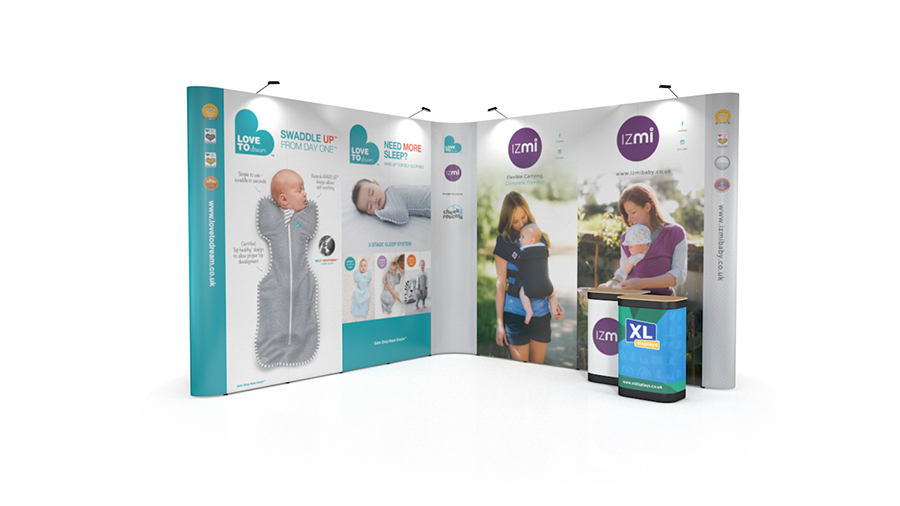
POP display board is one of the most important applications of wide-format images, including digital inkjet printing, printing or screen printing, accounting for 42% of the wide-format image market. Direct printing on hard plates with UV ink, such as KT plates, acrylic plates, plexiglass plates, etc., reduces the trouble of filming, fading, and foaming, and saves a lot of labor.
2. hard signs

The production of hard signs is very similar to POP, and it is also a beneficiary of flatbed printers. Flatbed printers that use UV ink can directly print on the final sign material, such as metal, wood, plastic, etc. Compared with the traditional method: inkjet or print on the film-like material with adhesive and then paste it on, which not only reduces the process, reduces the cost, but also increases the firmness.
3. cardboard or corrugated paper packaging
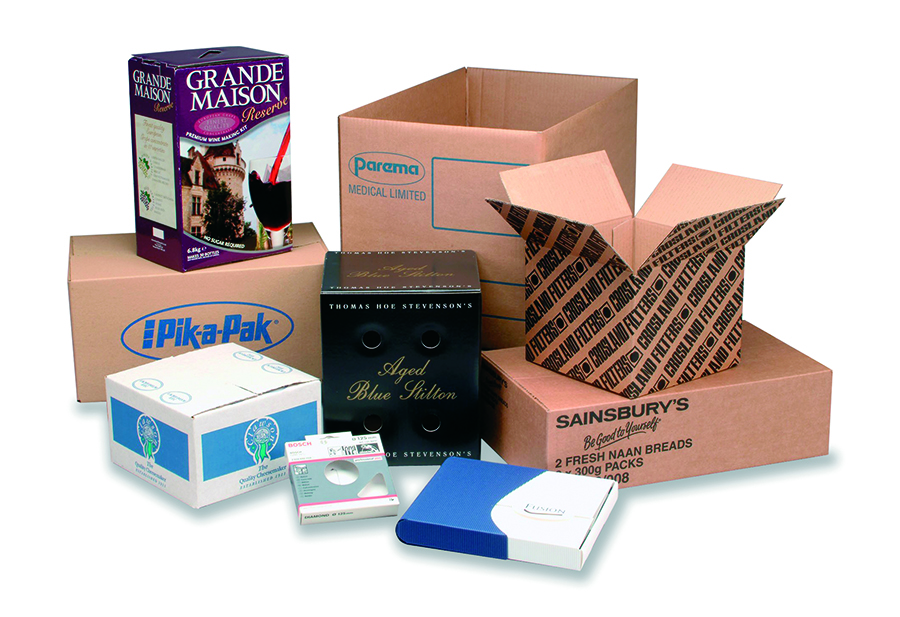
Another very certain target application field for flatbed printers is packaging, a large industry that is expected to exceed US$80 billion in the global market. Packaging companies that mainly use flexographic printing, screen printing and stencil printing can purchase flatbed printers for proofing and direct output for small batch customization customers.
4. Professional market (special products and decoration market)
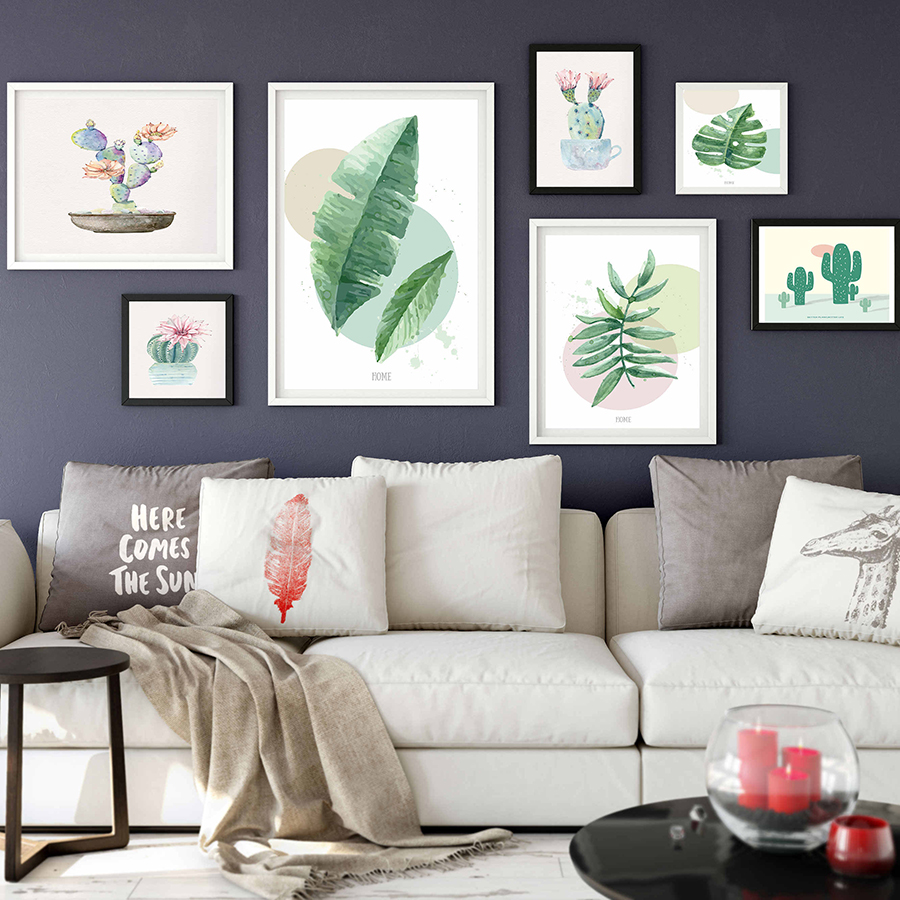
The last application area is the professional market, or the personalized market. Toilet cover printing belongs to this market, and other potential opportunities are: glass, ceramics, wood, and even furniture. In general: we should first target the low-efficiency and low-capacity manual or semi-automatic screen printing market. Flatbed printers are more suitable for small batches of individualized production, while the cost of traditional production is very high, especially if there are A high raw material inventory cost.
If thousands of flatbed printers are installed and used worldwide, it is obvious that flatbed printers have a quantifiable and growing market. In the near future, many customers will wait for a long time after placing an order because the production capacity of manufacturers cannot meet market demand. Based on this optimistic understanding of the flatbed printer market, one day in the future, flatbed printers will be ubiquitous and more popular than inkjet systems.
Environmental protection UV ink
Flatbed inkjet printers use UV ink. As countries attach importance to environmental protection, environmentally friendly equipment and auxiliary media will have more stringent market regulations. It is worth mentioning here that the benefits of using UV inks are: stable printing, bright colors, high curing strength, low curing energy, environmental protection and no odor. The versatility and wide application prospects of UV inks provide customers with more development opportunities.
The advantages of UV flatbed printer cold light source curing lamp
Advantage:
1. It adopts the latest technology focusing reflector, which concentrates the reflected UV light energy and has high photocuring efficiency, which is beneficial to the curing of thick ink layer ink, which can completely cure the deep layer of the ink, dry quickly, and avoid air The dust pollution in the medium affects the printing effect.
2. Choose the best mirror aluminum oxide board, the reflectivity of the UV cold light source reaches more than 90%, which greatly improves the utilization of ultraviolet rays and reduces energy consumption; unlike some small modified manufacturers, the iron is set with steel To deceive customers, not only the service life is short, but also the reflection efficiency is poor, which makes the ink unable to dry and solidify.
3. Since different inks have different wavelength curing under ultraviolet light, it is necessary to match a special UV lamp. How to ensure the rated full power output of the UV lamp has become the most important thing. In the selection of the transformer, the imported EU transformer is used, which has a long and stable service life, which is more than 3 times the service life of an ordinary transformer.
4. The design concept of the size and shape of the lampshade is also a patented technology. The light emitted by UV lamps of different powers is different. It is not simply that the light can be obtained by irradiating the printing material. This involves the utilization and conversion rate of ultraviolet rays, and the perfect mold shape of the golden ratio makes ultraviolet rays. The light loss rate has dropped to less than 10%, and the corresponding utilization and conversion rate have reached 90%. This ensures the synchronization of the ultraviolet frequency and the stability and longevity of the ink, allowing you to print and dry immediately. And it’s deep, more than 95% dry inside.
Tags :
Knowledge & Stories| M | T | W | T | F | S | S |
|---|---|---|---|---|---|---|
| 1 | 2 | 3 | 4 | 5 | 6 | |
| 7 | 8 | 9 | 10 | 11 | 12 | 13 |
| 14 | 15 | 16 | 17 | 18 | 19 | 20 |
| 21 | 22 | 23 | 24 | 25 | 26 | 27 |
| 28 | 29 | 30 | 31 | |||
Recent Posts
- Ultimate Guide to UV Printing: Insider Tips and Tricks
- Before You Invest: Choosing a Large Format Flatbed Printer
- Maximizing Brilliance: Mastering UV Printer Settings for Optimal Media Reflectivity
- The advantages of using a WER UV printer for large format printing (2)
- Achieve Stunning Results in Home Décor and Architectural Design with UV Printer
Archives
- January 2025
- November 2024
- September 2024
- March 2024
- December 2023
- November 2023
- October 2023
- May 2023
- March 2023
- February 2023
- January 2023
- December 2022
- November 2022
- October 2022
- September 2022
- February 2022
- January 2022
- December 2021
- November 2021
- October 2021
- September 2021
- August 2021
- July 2021
- June 2021
- May 2021
- April 2021
- March 2021
- February 2021
- January 2021
- December 2020
- November 2020
- October 2020
- September 2020
- August 2020
- July 2020
- June 2020
- May 2020
- April 2020
- March 2020
- February 2020
- January 2020
- December 2019
- November 2019
- October 2019
- September 2019
- August 2019
- July 2019
- June 2019
- May 2019
- April 2019
- March 2019
- February 2019
- January 2019
- December 2018
- November 2018
- October 2018
- September 2018
- August 2018
- July 2018
- June 2018
- May 2018
- April 2018
- March 2018
- February 2018
- January 2018
- December 2017
- July 2016
- June 2016
Recent Posts
- Ultimate Guide to UV Printing: Insider Tips and Tricks
- Before You Invest: Choosing a Large Format Flatbed Printer
- Maximizing Brilliance: Mastering UV Printer Settings for Optimal Media Reflectivity
- The advantages of using a WER UV printer for large format printing (2)
- Achieve Stunning Results in Home Décor and Architectural Design with UV Printer
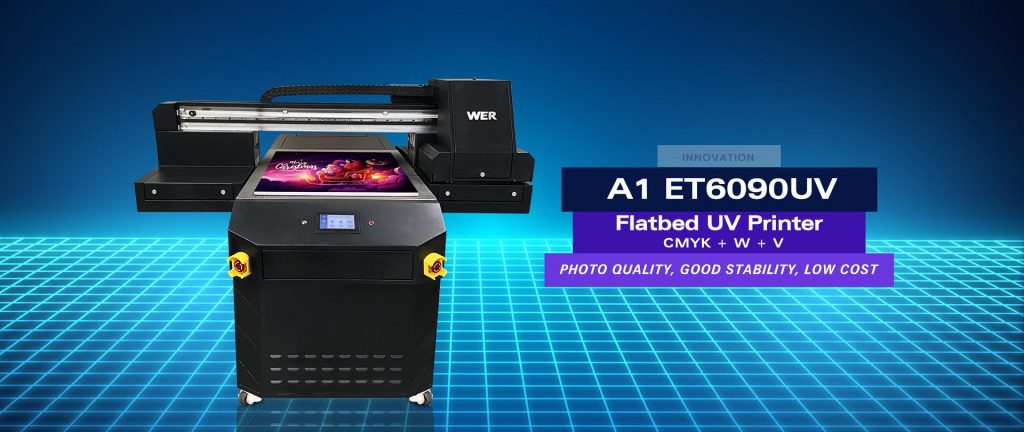
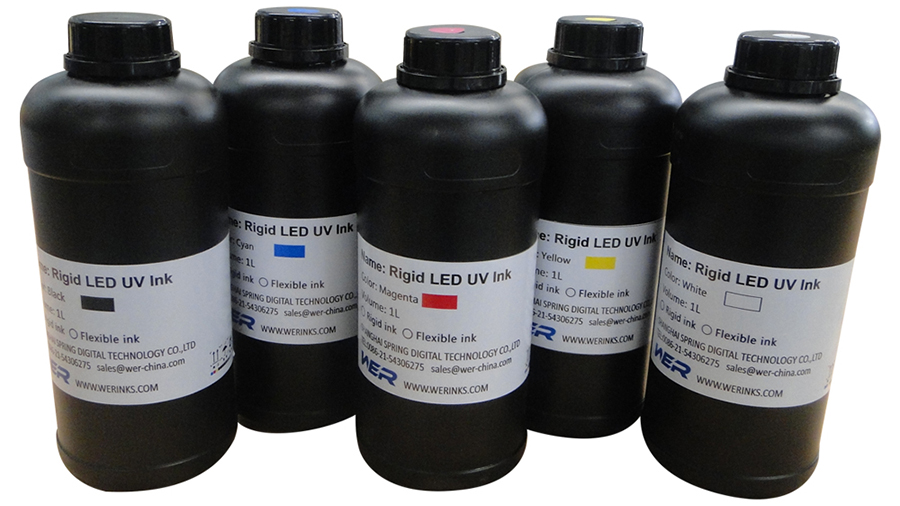
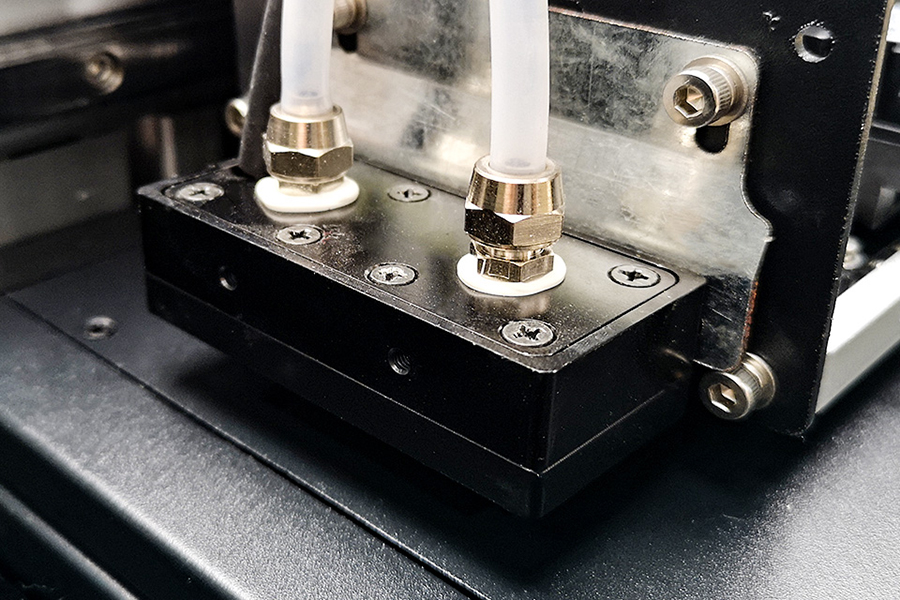
Recent Comments